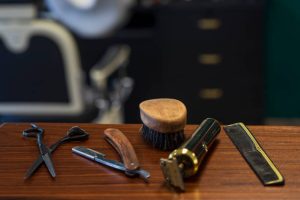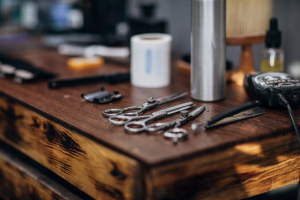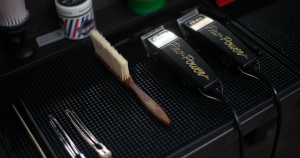Hair dryers are a convenient tool for quick hair drying and styling, but their frequent use can potentially impact hair health. Understanding the effects of hair dryers on our hair and adopting best practices for safe and effective drying is essential to maintain the overall health, strength, and appearance of our hair. This article delves into the potential impact of hair dryers on hair health and provides practical tips for using them responsibly to minimize damage.
I. Understanding the Effects of Heat on Hair:
A. Hair Structure: Exploring the structure of hair and how excessive heat can affect its cuticle, cortex, and overall health.
B. Heat Damage: The concept of heat damage, its signs, and how it can lead to dryness, breakage, and split ends.
II. Minimizing Heat Damage During Hair Drying:
A. Pre-Drying Precautions: Towel-drying and air-drying techniques to minimize the amount of time hair is exposed to direct heat.
B. Optimal Heat Settings: Choosing the right heat setting based on hair type and thickness to prevent over-drying and damage.
C. Use of Ionic or Ceramic Technology: How hair dryers with ionic or ceramic components can help reduce frizz and heat damage.
D. Maintaining a Safe Distance: The importance of keeping the hair dryer at a safe distance from the hair to prevent excessive heat exposure.
III. Hair Protection Products:
A. Heat Protectants: The role of heat protectant sprays or serums in forming a protective barrier on the hair shaft during drying.
B. Leave-in Conditioners: How leave-in conditioners can add moisture and protection to the hair during the drying process.
IV. Best Practices for Different Hair Types:
A. Straight Hair: Tips for safe and efficient hair drying for straight hair types.
B. Curly Hair: Special considerations for drying curly hair to maintain curls’ integrity and prevent frizz.
C. Fine Hair: Gentle drying techniques for fine hair to avoid damage and excessive dryness.
D. Thick or Coarse Hair: Strategies for effectively drying thick or coarse hair to minimize drying time and potential damage.
V. Limiting Frequency and Duration:
A. Air-Drying Alternatives: Encouraging occasional air-drying or using hair dryers on a lower heat setting when possible.
B. Avoiding Daily Use: The benefits of giving hair a break from frequent hair dryer use to promote healthier hair.
Conclusion:
Hair dryers can be a valuable tool in our hair care routine, but using them responsibly and adopting best practices is crucial to protect hair health. By understanding the impact of heat on hair, selecting appropriate heat settings, and using protective products, individuals can enjoy the benefits of hair dryers while minimizing potential damage and maintaining beautiful and healthy hair.





